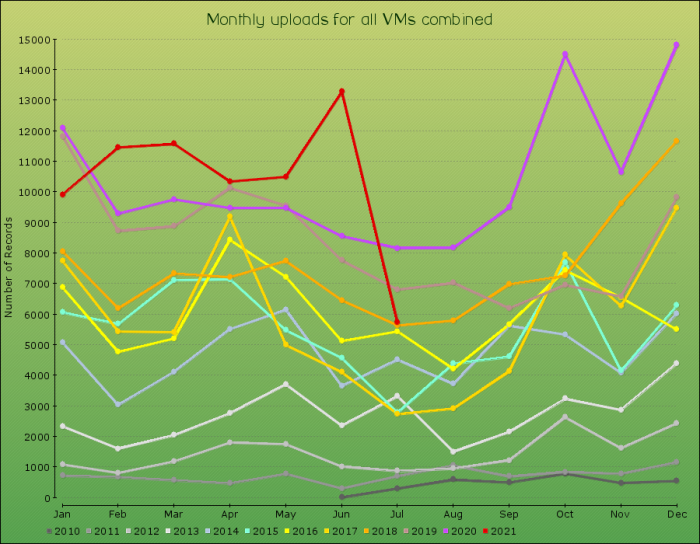During the most recent BDI Citizen Scientist Hour, Les Underhill gave a talk on the current status of OdonataMAP, the Atlas of African Dragonflies and Damselflies. The talk focuses on the progress of the project in Africa and, more specifically, within South Africa. The talk reports on the progress of the “Online atlas of dragonflies and damselflies of southern Africa”. We make suggestions on optimizing our Odonata fieldwork next summer and Les also talks about how together with the Freshwater Research Centre (http://frcsa.org.za/), OdonataMAP data are being used to influence conservation policy to help protect dragonflies and damselflies. You can view the talk here:
New maps for the “Online atlas” will be produced soon. If you have records not yet submitted to OdonataMAP please submit them via the Virtual Museum at http://vmus.adu.org.za/. It is a quick and easy process and you can rest assured that your records will make a difference for Odonata conservation! We make regular updates to the FBIS system of the Freshwater Research Centre.
The full set of videos of the presentations at the Citizen Scientist Hours (125 of them!) can be found on our YouTube Channel. If you would like to be sent the emails containing the Zoom links, send an email to Itxaso Quintana (itxaso@thebdi.org), and she will add you to the mailing list so you can stay up to date with all the upcoming BDI events!
The Virtual Museum

This is a story of three winters. Virtual Museum submissions always drop in winter, when there are hardly any butterflies and dragonflies, etc, about. Then, there is also the winter of the third wave of Covid, and the weariness and uncertainty that comes with that. And the third winter is political insecurity, and the fears and worries it brings. In the light of the these three winters, it is a remarkably good achievement that July 2021 was the third best July for the Virtual Museum!
We need to wait until September before the weather in the southern end of Africa warms up enough for the smaller creatures to start putting in a reappearance. So, August is a good month to upload backlogs of records to the Virtual Museum. On an annual basis, the total to the end of July 2021 is 3% upon the total to July last year.
Somehow, being involved with citizen science projects such as the Virtual Museum will help us through the stresses of our times. We cannot give way to despair. Biodiversity needs us.

